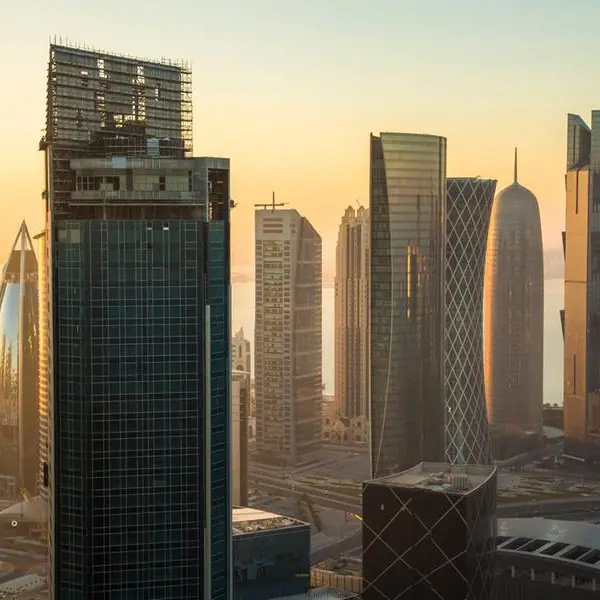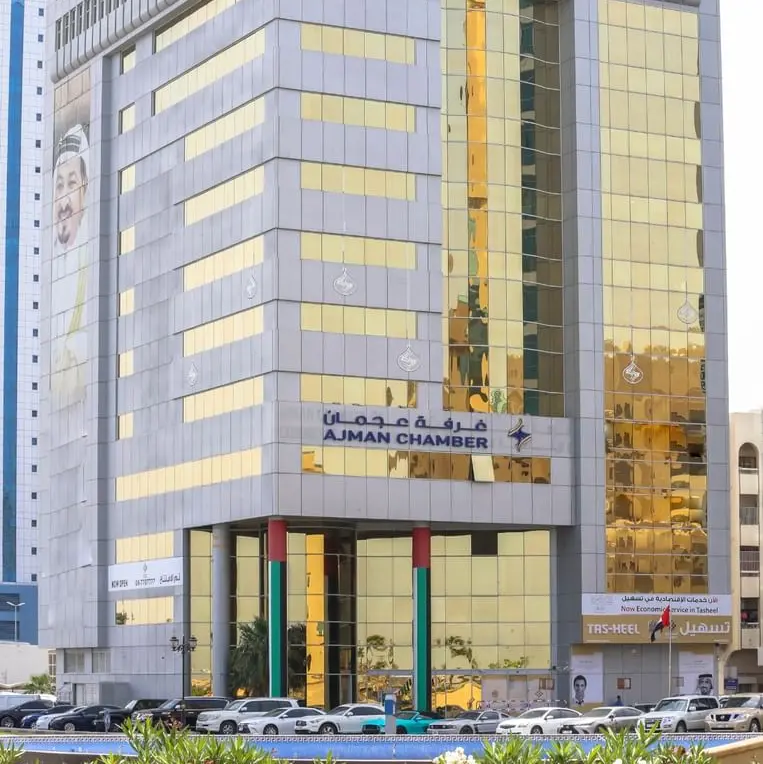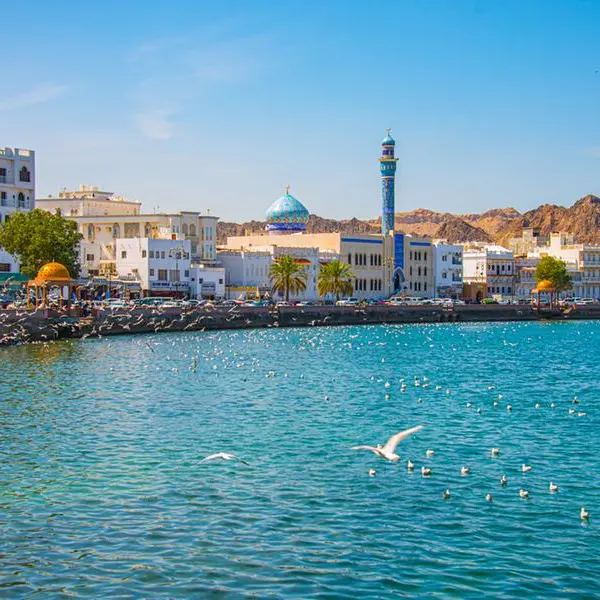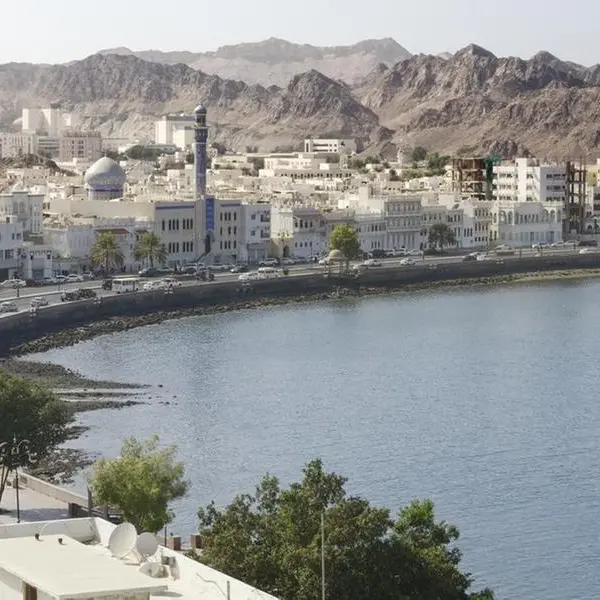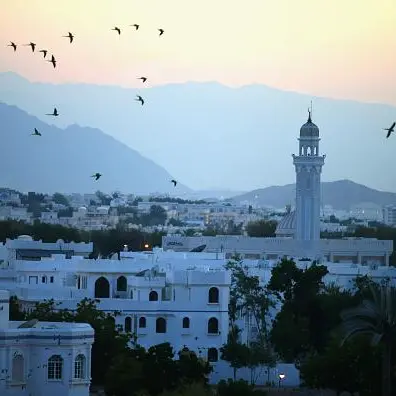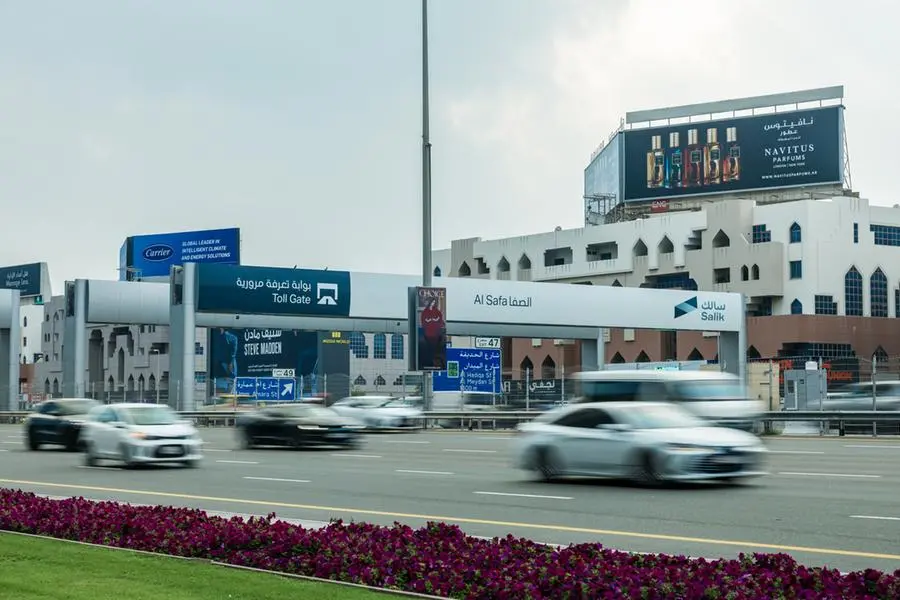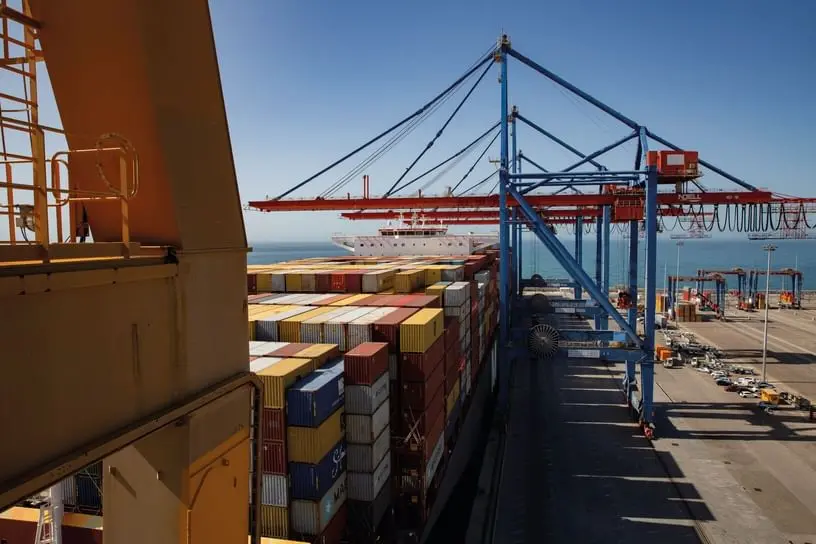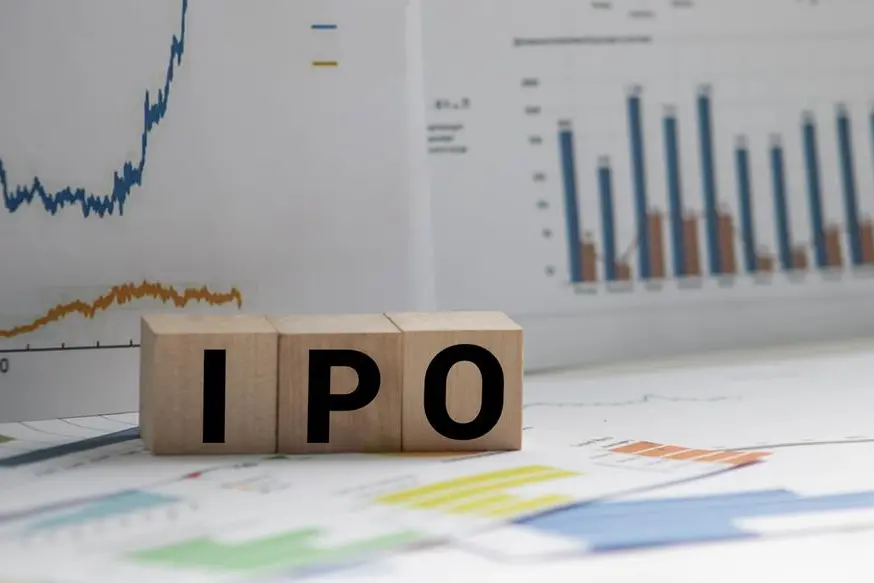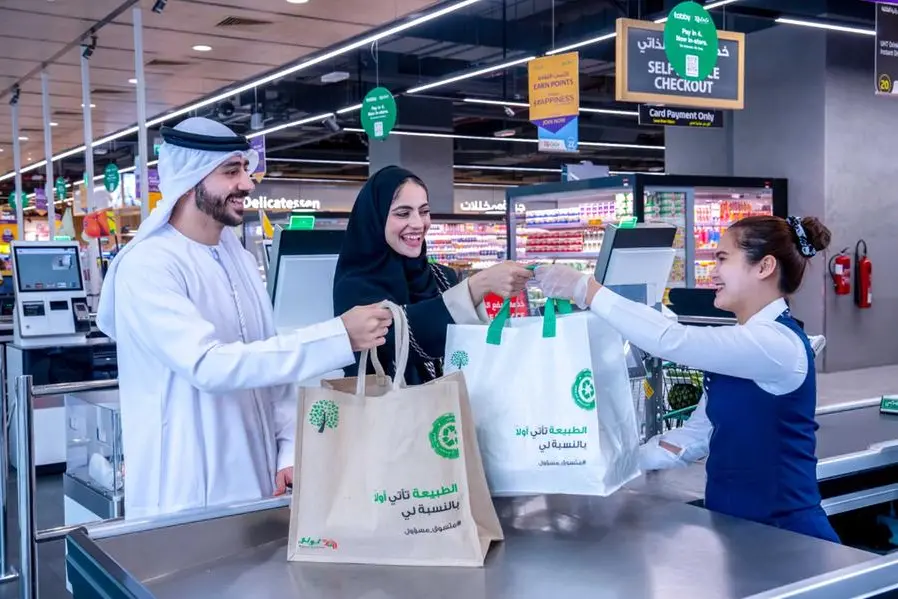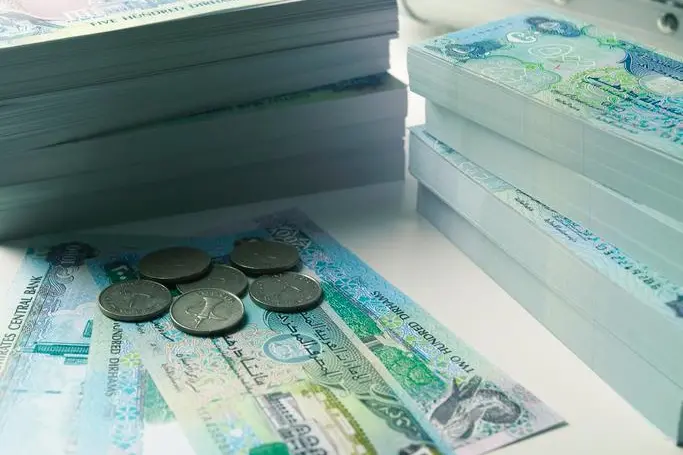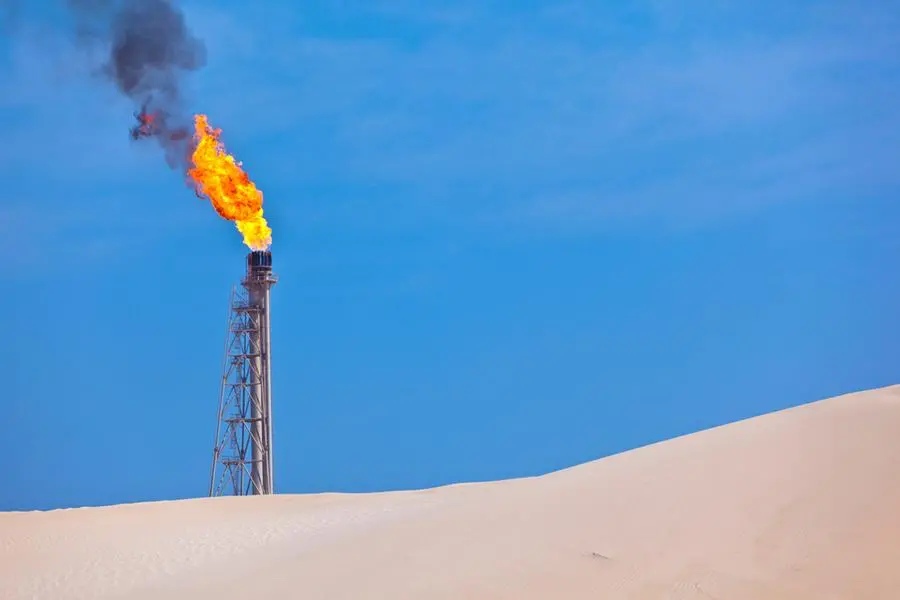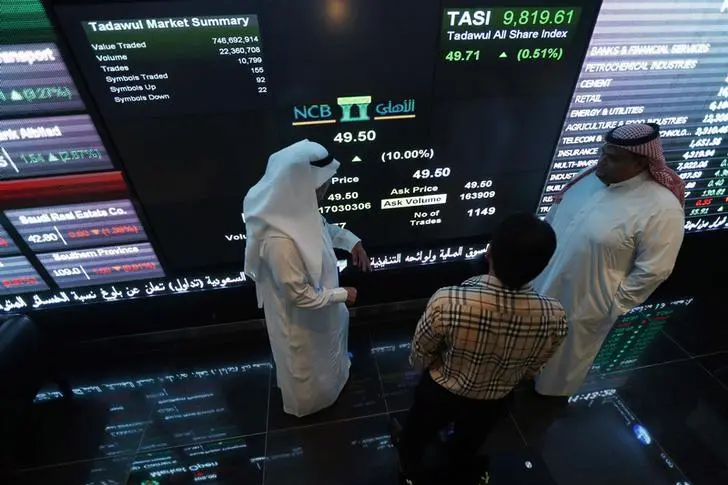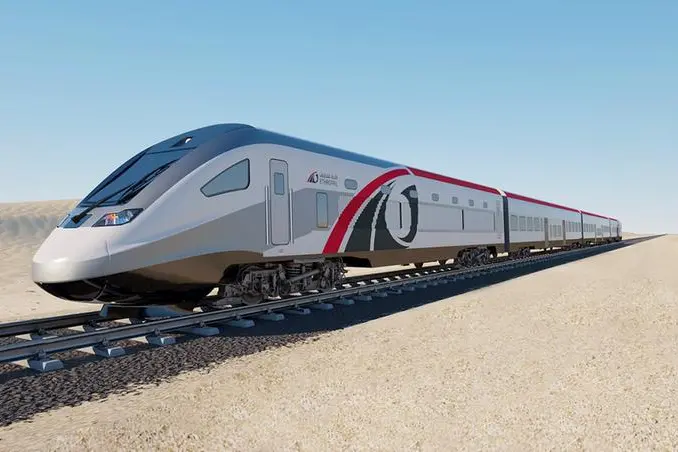PHOTO
Twilight view of Muttrah corniche in Muscat, capital of Oman. Image used for illustrative purpose. Getty Images
MUSCAT: A new report issued by the World Bank (WB) over the weekend projects slowing GDP growth across the economies of the Middle East and North Africa (MENA) region in 2023, amid double-digit food inflation. However, the Sultanate of Oman is still anticipated to deliver the highest GDP growth among the Gulf Cooperation Council (GCC) member states this year.
Titled "Altered Destinies: The Long-Term Effects of Rising Prices and Food Insecurity in the Middle East and North Africa," the report forecasts MENA’s GDP will slow to 3.0 per cent in 2023, from 5.8 per cent in 2022.
Energy producers that benefited from resurgent Oil & Gas export revenues in 2022 will experience slower growth, but will fare significantly better than the rest of the region. Real GDP per capita growth, a better metric for evaluating living standards, is expected to slow down to 1.6 per cent in 2023 from 4.4 per cent in 2022, the report warns.
Oman, however, is expected to outperform its GCC peers amid this decelerating growth scenario, according to the report. “In the GCC, growth is expected to slow to 3.2 per cent in 2023 and to 3.1 per cent in 2024. This comes after the GCC grew 7.3 per cent in 2022. The fastest growing economy within the GCC in 2023 is projected to be Oman, at 4.3 per cent growth.
Despite weakening demand for oil, relatively high growth is expected to be sustained by increased hydrocarbon production capacity, in particular aided by the development of new natural gas fields,” the World Bank report stated.
Double-digit food price inflation has been identified as the biggest driver behind the anticipated slowdown in GDP growth in the MENA region, particularly in countries that experienced currency depreciations.
Eight of the 16 economies in the region suffered the impact of food price inflation, affecting poorer households that had to allocate a larger share of their income towards food.
At the same time, GDP per capita growth for GCC countries is expected to decelerate from 5.5 per cent in 2022 to 1.8 per cent in 2023 and 2.0 per cent in 2024, according to the report. For developing oil exporters, the corresponding rates are 0.8 per cent in 2023 and 1.0 per cent in 2024.
For developing oil importers, GDP per capita is expected to grow 2.1 per cent in 2023 and 2.2 per cent in 2024.
While inflation has remained unquestionably high in the region, triggered in large part by the Russia-Ukraine War as well as high energy prices for oil importing nations, domestic inflation in Oman has remained well below global trends in 2022.
According to the Central Bank of Oman (CBO), the country’s longstanding currency peg regime, which ties the Omani rial to the US Dollar based on a fixed exchange rate, has helped mitigate the effects of global inflation on the Omani economy. The currency peg supports price stability by weakening the pass-through effect of imported inflation, which is a significant determinant of inflation in Oman due to the nation’s heavy reliance on imports.
Consequently, inflation remained “well-contained” at much lower levels than in the US during January – September 2022 despite a dramatic spike in inflation globally, the Central Bank said. Inflation averaged 3.0 per cent (YoY) during this period, which was considerably lower than consumer inflation rates in the US, other Advanced Economies (AEs) and most Emerging Market & Developing Economies (EMDEs).
Also helping rein in food inflation in Oman are policy measures and subsidies extended by the government to key grain importing and processing companies, notably Oman Flour Mills and Salalah Mills.
By providing a subsidy of wheat and grain imports, the prices of staple foods have remained relatively stable. Subsidies on imported raw material for animal feed have also kept input costs in check.
2022 © All right reserved for Oman Establishment for Press, Publication and Advertising (OEPPA) Provided by SyndiGate Media Inc. (Syndigate.info).

